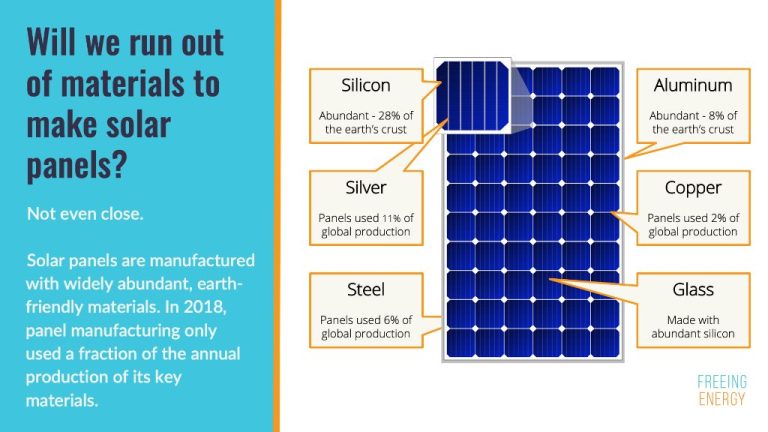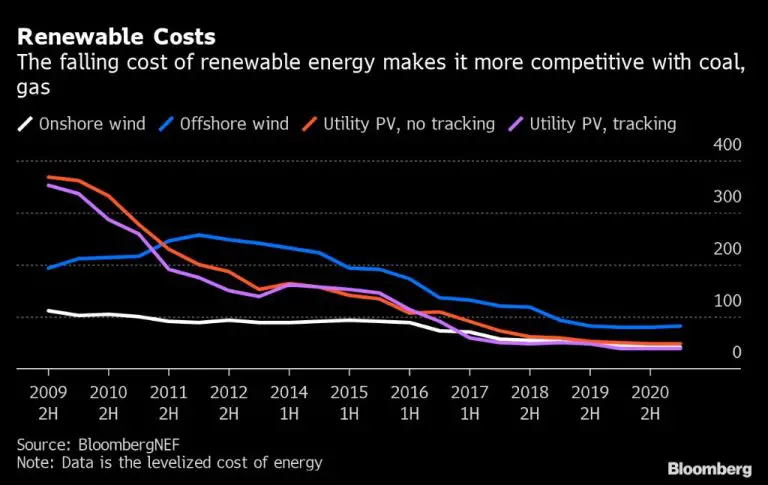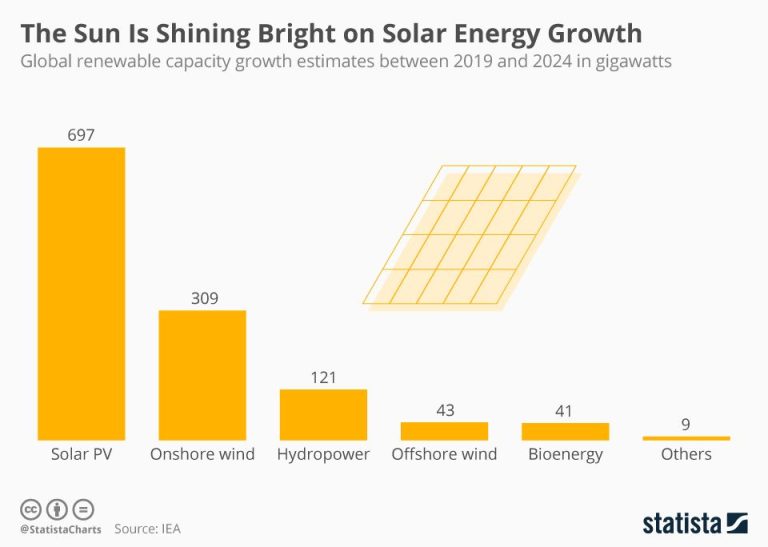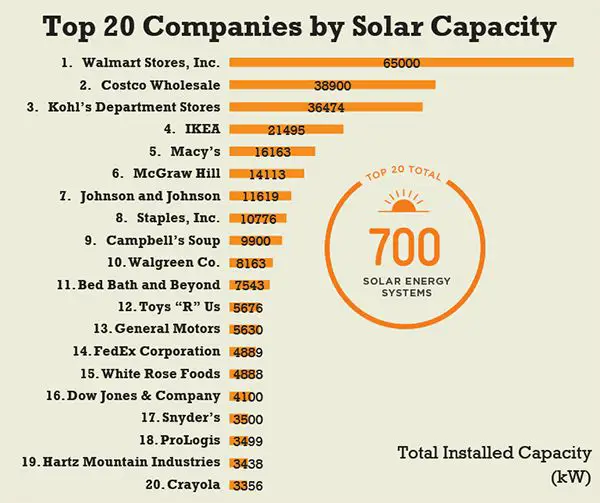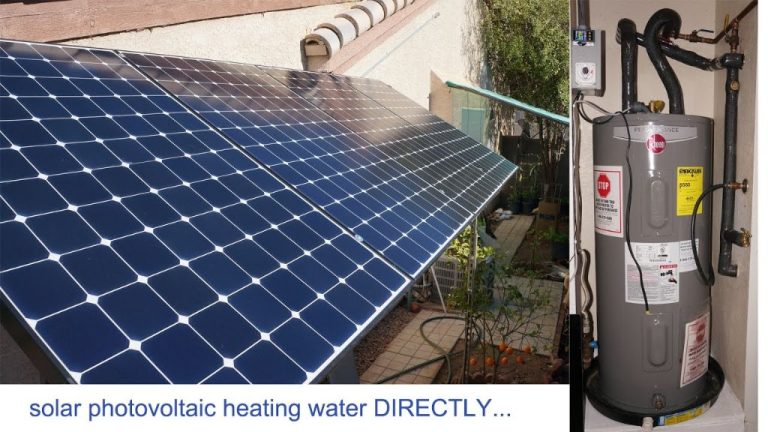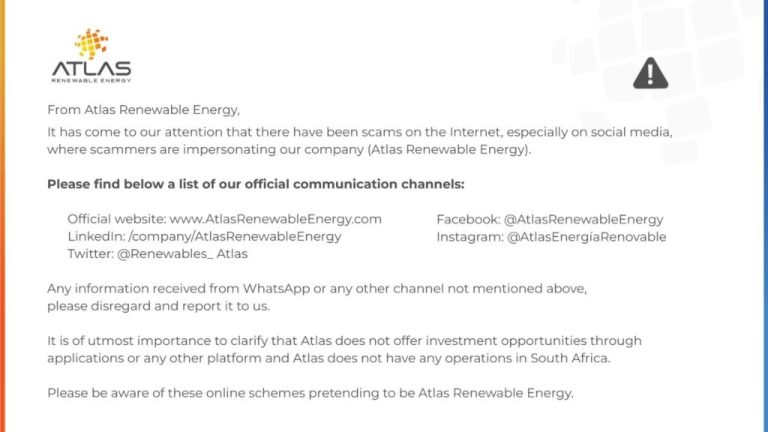Why Is Solar Energy The Most Promising?

Solar energy has emerged as one of the most promising renewable energy sources in recent years. As solar technology improves and costs decline, solar is experiencing rapid growth and adoption around the world. The development of solar photovoltaics (PV), which convert sunlight directly into electricity, has enabled widespread use of solar energy. Solar PV systems can be installed on homes, businesses, and utility-scale solar farms to provide clean electricity. With abundant sunlight available in most parts of the world, solar energy holds tremendous potential to reduce reliance on fossil fuels and provide sustainable, low-carbon energy for the future.
Abundant Resource
The sun provides an enormous amount of energy that can be harnessed through solar technology. According to research, the surface of the Earth receives solar energy at an average rate of 343 W/m2. Given the Earth’s surface area of approximately 5 x 10^14 m2, the total solar energy potential reaching Earth is massive. In fact, the solar energy striking the Earth in one hour is estimated to be more than the world’s total annual energy consumption.
The potential scale for solar power is almost unfathomable. By one estimate, covering just 0.16% of land on Earth with solar panels would supply more energy than the global demand. With solar technology improving all the time, harnessing even a fraction of the available solar resource could transform global energy production. Solar energy’s incredible abundance makes it arguably the most promising renewable energy source for the future.
Reduces Reliance on Fossil Fuels
Solar energy provides a renewable alternative to coal, oil, and natural gas. As a clean energy source, solar does not require the extraction and burning of finite fossil fuel resources. Widespread adoption of solar power generation can reduce reliance on fossil fuels and associated greenhouse gas emissions. According to research from the World Resources Institute, replacing fossil fuel electricity generation with renewable sources like solar reduces CO2 emissions significantly (Setting the Record Straight About Renewable Energy, n.d.). The transition to solar energy is an important step in moving toward a more sustainable and cleaner electricity grid.
Fossil fuels account for 63% of US electricity generation, while solar provides only 3.3% (Revision Energy, n.d.). To combat climate change and reduce harmful emissions, solar capacity needs to expand greatly. Solar energy’s modular and scalable nature allows it to be deployed rapidly. As solar technology continues to improve in efficiency and decline in cost, it becomes increasingly competitive with conventional fuels. This drives more adoption and hastens the transition away from finite, polluting fossil fuels.
Improving Efficiency and Costs
Solar technology is rapidly advancing and becoming more affordable. According to Energysage, the efficiency of solar panels has increased substantially while costs have declined dramatically in recent decades. Since 1977, panel efficiency has gone up over 5% while module costs have dropped 99% (Energysage). These improvements are partly driven by Swanson’s Law, which states that solar PV module prices tend to decrease by around 20% for every doubling of shipped volume.
The average cost of solar panels has fallen 70% over the past 10 years (Save on Energy). Today, monocrystalline solar panels, the most efficient type, cost $1-1.50 per watt. For a typical 6 kW system, the total cost is $6,000-$9,000 before incentives according to Forbes (Forbes). With solar costs decreasing each year, payback periods are shortening, making solar power ever more financially viable.
Job Creation
The solar industry is creating jobs and boosting local economies. According to the 2022 National Solar Jobs Census from The Solar Foundation, there were 263,883 solar jobs in the United States as of 2022, representing a 9.7% increase from 2021 (Solar Jobs Census). This includes jobs in installation, manufacturing, sales, distribution, and other solar-related occupations. Many of these new jobs are well-paying, with median wages above the national average. The solar workforce increased 167% over the past decade, showing the rapid growth of solar jobs across the country. Regions like California, Texas, Florida, New York, New Jersey, and Massachusetts have some of the highest numbers of solar jobs. The rise of large-scale solar farms is also creating many construction and operations jobs, especially in rural areas. Overall, the solar industry accounts for about 3.2% of all new jobs created since 2010, showing its increasing economic impact.
Decentralized Grid
Solar energy allows for electricity generation at the point of use, enabling a decentralized power grid (Decentralized energy systems). Rather than relying on centralized, utility-scale power plants, solar panels on homes and businesses can provide electricity locally. This decentralized approach provides many advantages:
- Improved reliability and resilience – localized grids are less susceptible to systemic failures (Decentralized Energy Grid)
- Reduced transmission losses from long-distance power lines
- Ability to incrementally add capacity and tailor systems to local needs
- Enhanced energy access and self-sufficiency for remote areas
With smart grids and distributed control, decentralized solar energy can be efficiently coordinated at scale (From the Bottom Up: Designing a Decentralized Power System). This transforms the power grid architecture for flexibility, sustainability, and consumer empowerment.
Battery Storage Integration
Batteries allow solar power to be stored and used whenever it is needed, even when the sun isn’t shining. This makes solar energy more reliable and practical for everyday use. There are several types of batteries used with solar power systems, including lithium-ion, lead-acid, nickel-cadmium, and flow batteries (Forbes, 2023).
Lithium-ion batteries are lightweight, have a high energy density, and suffer little capacity loss when not in use, making them well-suited for solar storage. The high upfront costs of lithium-ion batteries have dropped dramatically in recent years. Tesla’s Powerwall is a popular lithium-ion solar battery for home use. Lead-acid batteries are inexpensive, but have a shorter lifespan. Flow batteries offer flexible storage capacity and last through thousands of cycles, but have high upfront costs (CNET, 2024).
Batteries allow solar power to be used when the sun isn’t shining, such as at night or on cloudy days. This makes solar a reliable source of power. Batteries also allow solar energy to be stored and used during peak demand times when electricity prices are highest. The integration of battery storage helps maximize the value of solar installations. With sufficient battery storage, homes and businesses can potentially disconnect from the grid entirely and rely on solar as their sole power source. Widespread use of solar batteries has the potential to reduce reliance on fossil fuels and enable decentralized, resilient power grids based on renewable energy.
Environmental Benefits
Solar power has significant environmental benefits compared to fossil fuel energy sources. According to the U.S. Energy Information Administration, solar panels do not produce air pollution or greenhouse gases while operating (Solar explained Solar energy and the environment). The U.S. Department of Energy states that solar power plays an important role in reducing greenhouse gas emissions and mitigating climate change (Solar Energy, Wildlife, and the Environment).
The Environmental Protection Agency estimates that one megawatt of solar power offsets over 30,000 pounds of sulfur dioxide, 10,000 pounds of nitrogen oxides, and 5,000,000 pounds of carbon dioxide annually. Compared to coal and natural gas, solar photovoltaics produce 96% and 98% less lifecycle greenhouse gas emissions respectively. As solar power displaces fossil fuel electricity generation, it can significantly reduce air and water pollution that harms public health.
Challenges
While solar energy has many benefits, there are also some challenges that need to be addressed for it to reach its full potential. Some of the main challenges facing solar power include:
Intermittency: Solar energy relies on sunlight to generate electricity, which means production fluctuates throughout the day and varies by season and cloud cover. This intermittent nature can make integrating large amounts of solar power more complex for grid operators. Battery storage solutions are helping address this challenge.
Land Usage: Utility-scale solar farms require significant amounts of land to generate electricity. Finding suitable locations with adequate sunlight and transmission access can be difficult in some regions. Rooftop solar on homes and buildings helps alleviate land usage issues.
Integration Costs: Upgrading transmission infrastructure and adapting the electric grid to handle millions of solar installations requires major investments. These integration costs are manageable but add to the expense of going solar.
High Upfront Cost: The cost of purchasing and installing a solar energy system can be prohibitive for some households and businesses. Loans, tax credits, and falling solar prices are making solar more affordable.
Although solar has challenges to overcome, the rapid growth of solar demonstrates it can scale and become a major energy source despite these limitations. Continued technological improvements and market incentives will help solar maintain momentum in spite of intermittency, land usage, grid integration expenses, and upfront costs.
Conclusion
In conclusion, solar energy shows great promise as an increasingly important energy source going forward due to several key factors. First, it utilizes an abundant resource – the sun – that shines light on the earth every day. By tapping into solar power, we can reduce reliance on polluting fossil fuels like coal and natural gas that contribute to climate change. The technology behind solar panels is also improving, leading to increased efficiency and falling costs that make adoption more feasible. Solar energy creates jobs in manufacturing, installation, and maintenance – contributing to local economies. It allows for decentralized electricity generation, giving consumers more choices. Battery storage solutions are making solar power dispatchable even when the sun isn’t shining. And solar energy provides environmental benefits by generating electricity without air or water pollution. While challenges remain, from intermittent generation to land use conflicts, the future is bright for this clean, renewable power source. With its ample resource supply, economic advantages, and pollution-free nature, solar energy has emerged as a promising choice to meet our energy needs today and in the coming decades.

